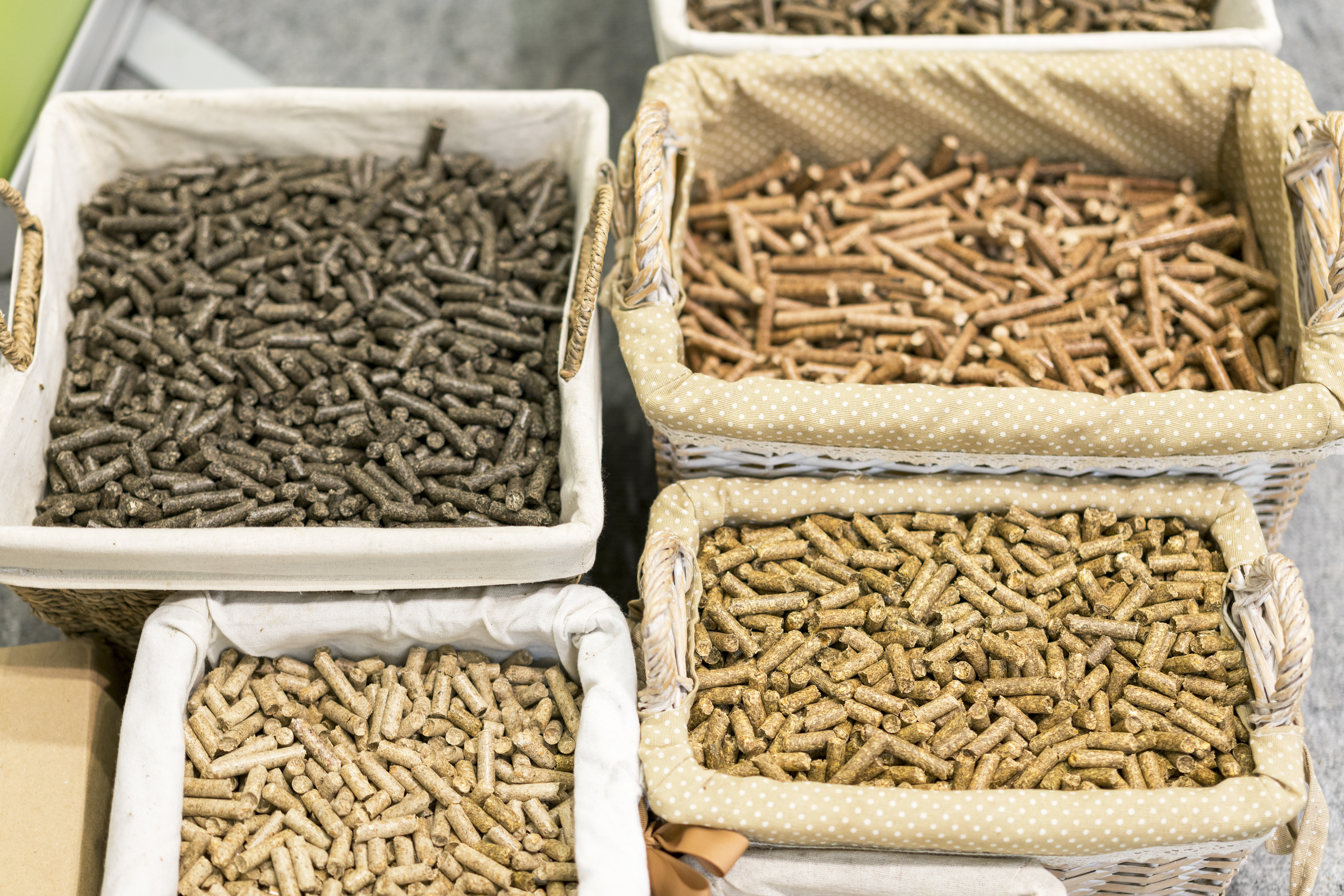



Pig outlook: fundamentals improving but futures continue to languish
Read analysis of the latest market trends from Jim Wyckoff.The Pig traders' perspective
The lean hog futures market continues to trade sideways at lower levels, which could be “basing” action that puts in a market bottom soon. However, the overall technical posture for the lean hog futures favours the bears. On the bright side for pork producers US average negotiated cash hog prices this week rose to the highest level since mid-April. Rising Chinese and Brazilian hog prices are providing strong support to the US and Canadian markets. Falling corn and soybean meal prices this week are also working in favour of pork producers.
The next week’s likely high-low price trading ranges
October lean hog futures--$46.47 to $52.07, and with a sideways bias
December soybean meal futures--$285.00 to $303.50, and with a sideways-lower bias
December corn futures--$3.15 to $3.30, and a sideways-lower bias

Latest US Department of Agriculture (USDA) reports, and other news
US pork export sales slip in latest reporting week
US pork net export sales of 30,300 metric tonnes (MT) reported for 2020 were down 23 percent from the previous week and 14 percent from the prior 4-week average. Increases were primarily for Mexico (12,900 MT, including decreases of 200 MT), China (5,600 MT, including decreases of 3,000 MT), Canada (2,700 MT, including decreases of 400 MT), South Korea (2,200 MT, including decreases of 600 MT), and Japan (2,100 MT, including decreases of 400 MT). Exports of 34,400 MT were up 9 percent from the previous week and 6 percent from the prior 4-week average. The destinations were primarily to Mexico (11,600 MT), China (9,000 MT), Japan (4,100 MT), Canada (2,300 MT), and South Korea (2,200 MT).
Global food prices climbing
World food prices rose for a second month in a row, according to the Food and Agriculture Organization (FAO) of the United Nations. The FAO reported its food price index climbed 1.1 points (1.2 percent) from June to an average of 94.2 points in July. That’s also up nearly 1 point (1.0 percent) from year-ago. FAO said, “Similar to June, further increases in the prices of vegetable oils, dairy products and sugar outweighed lower prices in the meat markets amid overall steady value of the cereal price index.”

FAO lowered its global cereal production forecast for 2020 by 9.3 million metric tonnes (MT) to a still-record 2.790 billion MT. It expects global wheat production to account for 761.5 million MT of that tally, which is up 3.2 million MT from its forecast last month and in line with last year’s above-average production. The increase was primarily driven by a jump in its Australian wheat production forecast, with widespread rain and favourable forecasts expected to boost yields.
USDA quarterly meat report: African swine fever prompts strong China imports
In July the US Department of Agriculture (USDA) issued its quarterly meat report. USDA said demand for imported meat in China remains incredibly strong as the protein deficit caused by African swine fever (ASF) continues to drive trade. Despite headwinds caused by COVID-19 and disruptions to the economy and foodservice, demand growth during the first 5 months of the year exceeded expectations. As a result, forecasts for pork, beef, and chicken meat imports are all revised upward. China continues to increase its share of the global market, accounting for over 43 percent of global pork imports and 29 percent of beef. Altogether, China now accounts for 28 percent of imports by major traders, up from 20 percent in 2019. Despite rising imports and growing production of chicken and beef, total meat consumption is expected to decline 4 percent this year.
Global pork production is raised 2 percent from the previous forecast to 96.0 million tonnes on higher expected output in China. Rebuilding of the swine herd continues as producers recover from ASF and take advantage of record-high prices, resulting in a 6 percent increase in the forecast. However, hog supplies are well below historic levels and pork production is forecast 15 percent lower year-over-year. In the United States, slaughter plant closures and measures to address COVID-19 related guidelines drives a 2 percent reduction in the forecast for US pork production since April. Production is also lowered 2 percent for Brazil on reduced slaughter expectations. The European Union has faced limited COVID-related impacts on slaughtering thus far and production is marginally lowered. Canada’s production is raised due to strong demand for exports.
Global pork exports are raised to 10.9 million tons, almost entirely on strong demand from China. China’s imports are raised to 4.4 million tons, up from the previous forecast of 3.9 million tons. China’s demand continues to buoy global demand while crowding out demand from several more price-sensitive markets. Imports are lowered for the Philippines. While production has fallen due to the spread of ASF, Philippine imports have been slow to rise due to limited cold storage capacity and weak demand in the hotel, restaurant, and institutional sector.
Read about the chicken meat outlook on The Poultry Site and beef and dairy analysis on The Cattle Site.









